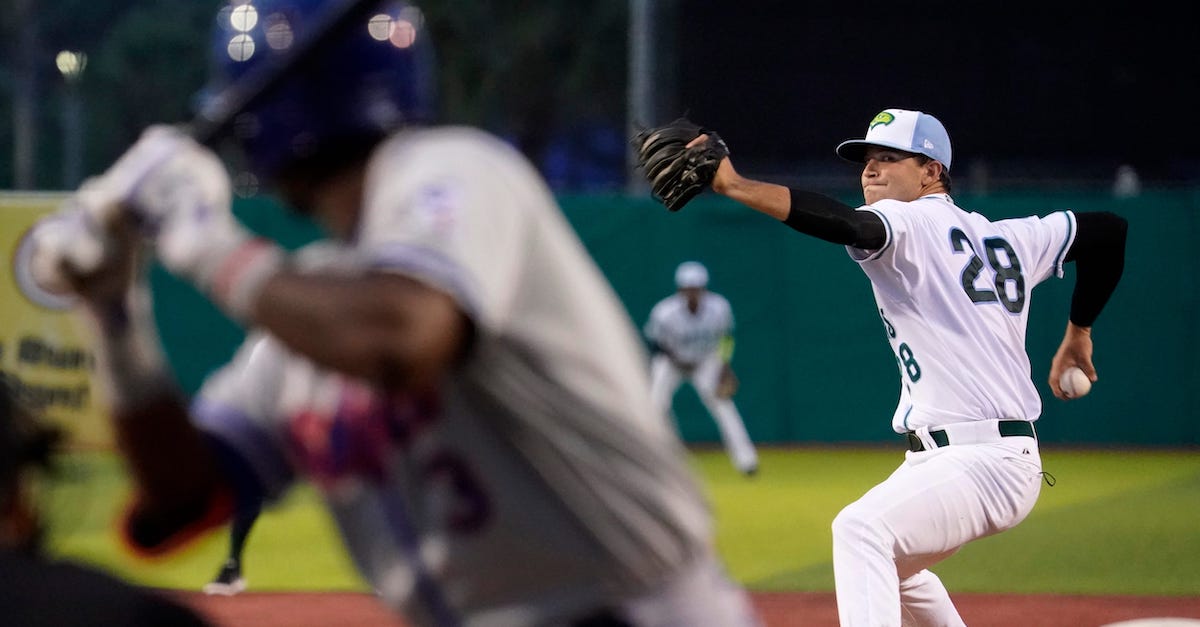A Conversation With Cincinnati Reds Pitching Prospect Carson Spiers

Carson Spiers has quietly thrived since being bypassed in the five-round 2020 draft. Signed that summer by a Cincinnati Reds team that at the time employed Kyle Boddy as their pitching coordinator, the 24-year-old right-hander has done so with a studious approach that he pairs with a bulldog attitude. Featuring a well-rounded pitch mix, Spiers is coming off a season where he logged a 3.55 ERA with 130 strikeouts in 111-and-two-thirds innings spent between Low-A Daytona and (primarily) High-A Dayton.
A senior-sign with a management degree from Clemson University, Spiers — currently on the roster of the Double-A Chattanooga Lookouts — is No. 15 on our newly-released Cincinnati Reds Top Prospects list. He discussed his development, and the debt he owes to Boddy, over the phone in mid-March.
———
David Laurila: Who are you as a pitcher? How would you describe yourself?
Carson Spiers: “I’d say that I’m a competitive guy who likes to attack. I’ll fill the zone with four different pitches and let my arsenal work for me. I wouldn’t say I’m the most overpowering guy on the mound, but I have a good enough fastball to play at any level. I also have some pretty good off-speed that I can throw in any count; I can create swings and misses with those pitches, as well. But I’d say that my best trait is my competitive edge. I have a strong will to want to win.”
Laurila: What is your best pitch?
Spiers: “My best pitch is strike one, for sure. My slider and my changeup are definitely my out pitches, but ‘best pitch’ is tough to say, because I can throw all four in any count. I wouldn’t say I have a best.”
Laurila: Baseball America has called your changeup your best pitch… Read the rest of this entry »







